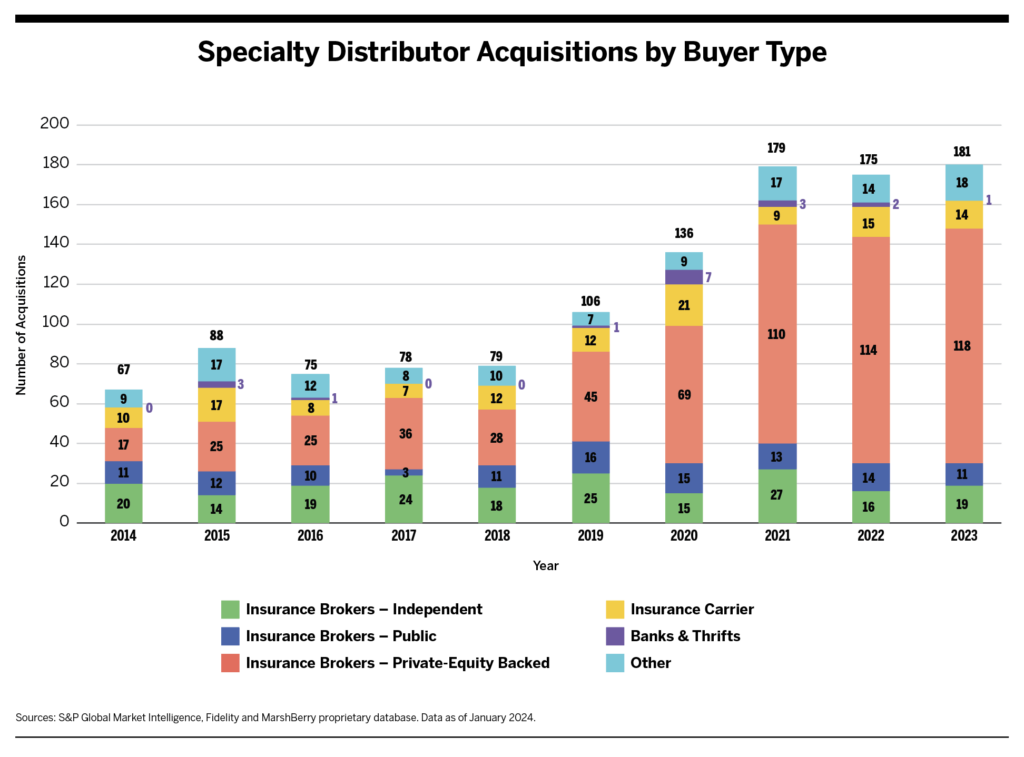
Building a Next-Gen Toolbox for Brokers of the Future

In a word, connected. When we enable data operability for the broker and empower them with connectivity to their carrier trading partners, we eliminate mundane workflows and reduce processing inefficiencies through technology. While that is a significant advantage for growth, the real innovation comes when it frees up both parties to focus on the work that only humans can do—partnering to build tailored, competitive, comprehensive programs for the insured.
The battle to be closest to the consumer is a positive influence. It’s forcing both parties to prioritize the consumer’s needs and think critically about the tools to meet those needs effectively. That, in turn, increases awareness around API-first mindsets and the value of high-quality, clean data. As a result, both carriers and brokers are prioritizing data and data connectivity at an organizational level, which encourages strategic collaboration in program development for the insured. The broker’s role continues to elevate in concert with technology, freeing up more time to focus on the expert advice and client service consumers demand, especially in the large and complex risk commercial arena.
One nice feature of the industry is that insurance datasets refresh each year when policies renew. While there is a tremendous amount of potentially valuable historical data locked away in legacy systems, data silos and unstructured formats, the annual renewal cycle lends itself to building a highly valuable, highly useful set of data in a short, predictable amount of time.
We find connectivity is the key aspect above all else. When you start connecting disparate systems to deliver value immediately and moving forward, that buys additional time to work on historical data challenges.
To that end, Highwing requires only a minimum data set to begin realizing value. If that data is not well structured, or hard to access, Highwing provides data services to address the issues and quickly ready a broker’s data set for platform onboarding. It’s a case-by-case basis as to what extent a particular client’s state of data can inhibit the implementation of new technologies. We are committed to helping brokers in any situation chart the correct implementation path, realizing incremental value every step of the way. Whether we provide our platform in the interim as we work to integrate with their existing tooling, or we develop new features in collaboration with brokers, we are laser-focused on helping brokers work smarter—not harder.
When compared to other industries, insurance has lagged in developing a culture that prizes complete, accurate data at every level of the organization and makes use of every touchpoint with the customer to help improve it. At the same time, accurate data is required to deliver the level of service and quality of experience that insureds expect from all manner of other vendor relationships, from corporate to personal. Training and education to build that understanding, connecting the dots for employees so they are able to see how the pieces connect, how incorporating and validating and updating data as part of their everyday responsibilities helps enable end-user experiences they can be proud of—that context is critical to ensure people at all levels of the organization grasp the vision and feel they have a role in moving the organization forward, instead of simply viewing data-related responsibilities as yet another task heaped on top of an endless to-do list.
The incentive is two-fold. First, digital insurance transactions of tomorrow will require complete and accurate information to take full advantage of innovations in the industry. You have numerous tools and companies developing amazing technologies that are dependent on clean, accurate, complete information. Second, with complete data, associates will be enlightened to the increased speed, increased quality of work and increased quality of insights they can convert to expert advice and new business. Agree, it takes time, but if you are focused on building products that are 10x the value of products available today, the magnetic pull of value and time will be the impetus for change.




